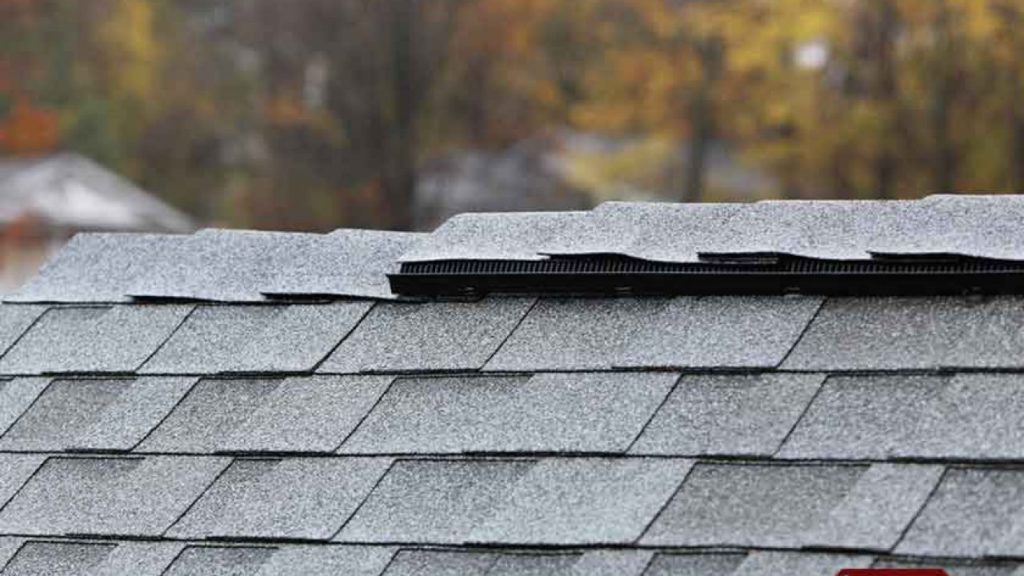Investing in a house is one of the most important things we do in our life. For this, we’ve worked hard all our existence, saved our money, and finally decided to purchase our new home. However, it is not as simple as it seems or sounds in practice.
For starters, you’ll need to choose a place that meets your demands in terms of dimensions and location, for example. Another thing to remember is that poor-quality items might wind up costing you more in the long run due to further repairs or replacements. We typically do a pre-purchase house inspection to ensure that your investment is safe.
While a home or the building contractor will look for structural flaws, cracks in the foundation, electrical and plumbing malfunctions, as well as termite or pest and insect infestation, a roof repair expert might take a look at the state your future roof is in. These issues can make residing in the new home an arduous and unpleasant experience and cost people a fortune in the long run. This offers us greater power in terms of price negotiation or negotiating for the owner or contractor to fix any problems or damages before you put down any money for a property.
Roof ventilation is one of many individuals’ most overlooked aspects of a building or home’s assessment. Improper roof ventilation may lead to a wide range of issues for homeowners, including the following:
- Deterioration of the roof serves as a border between the inside of your home and the outside world, keeping the elements out. When water is trapped in the roof’s wooden structure due to improper ventilation or roof insulation, it may lead to the degradation of the roof itself, requiring costly repairs, particularly if you’ve already spent all of your money on the original investment.
- It’s possible that excessive moisture in the attic might lead to rust on metal elements of the roof if sufficient ventilation isn’t in place. Even your plumbing, heating, and other systems might be affected.
- Poor ventilation may lead to overheating during the hottest months of the year. Without an outlet for this heat, it will build up within your house, increasing your energy use until it becomes intolerable to be in.
- Stress on your air conditioner – Heat in the house may build without sufficient ventilation, putting additional strain on your air conditioner that results in it not working overtime, costing you a lot of cash in repairs and replacement parts.
- An ice dam may do a lot of harm to your whole house if it becomes too big. The heat from poor ventilation in the attic melts the snow on the roof, forming ice dams. The backlog of water outside the dam is caused by freezing and melting snow. The ceiling, walls, and other parts of the home might be damaged if this water leaks.
- Mould and mildew may develop and spread throughout a home when the chilly air from the outside mixes with the hot air produced by heating systems, cooking, and other inside activities during the winter months. Mold and mildew may cause severe allergies and, in some situations, be harmful, particularly for individuals with asthma and other respiratory disorders. This can be an issue for the health of everyone in the home.
Heat and moisture may be expelled from your home, reducing the risk of damage caused by condensation. Keeping your attic well insulated can save you a lot of money on your winter energy costs since it will keep the heat throughout the cold months. A comprehensive house inspection is essential since you don’t want to deal with the headaches and costs of repairing a roof or attic that isn’t properly vented.

